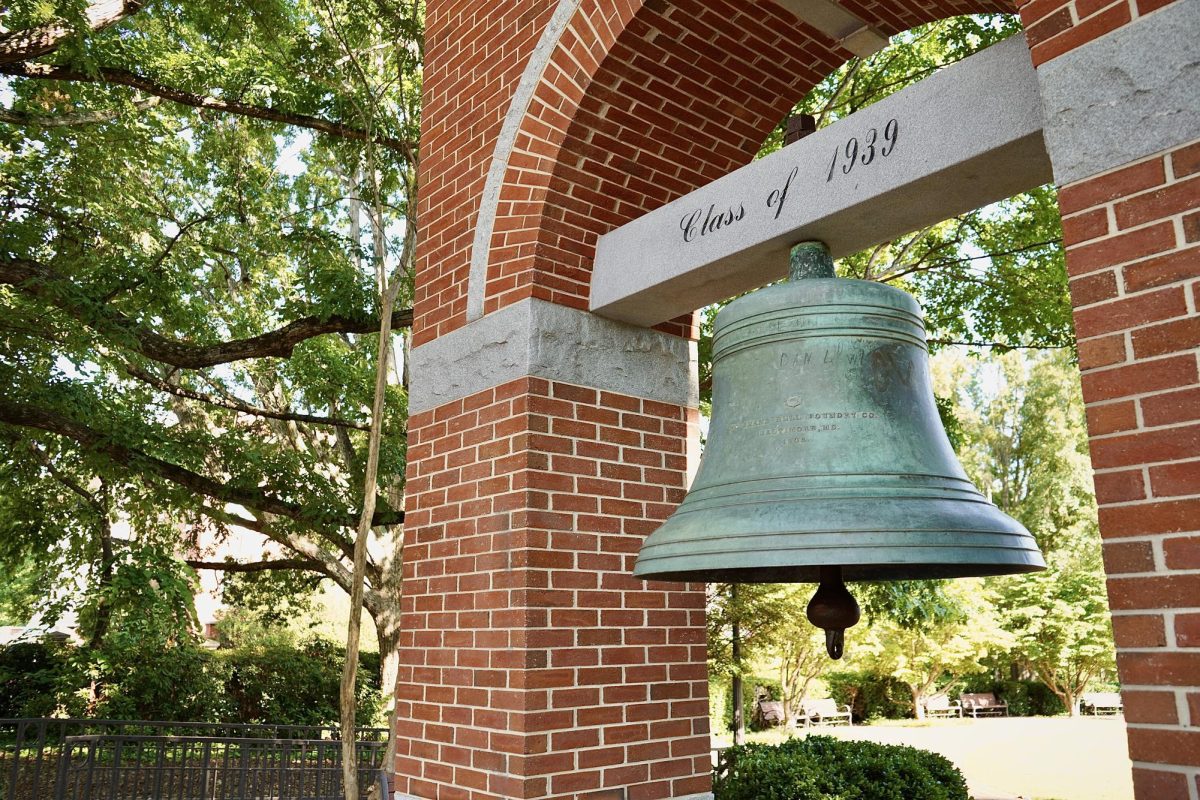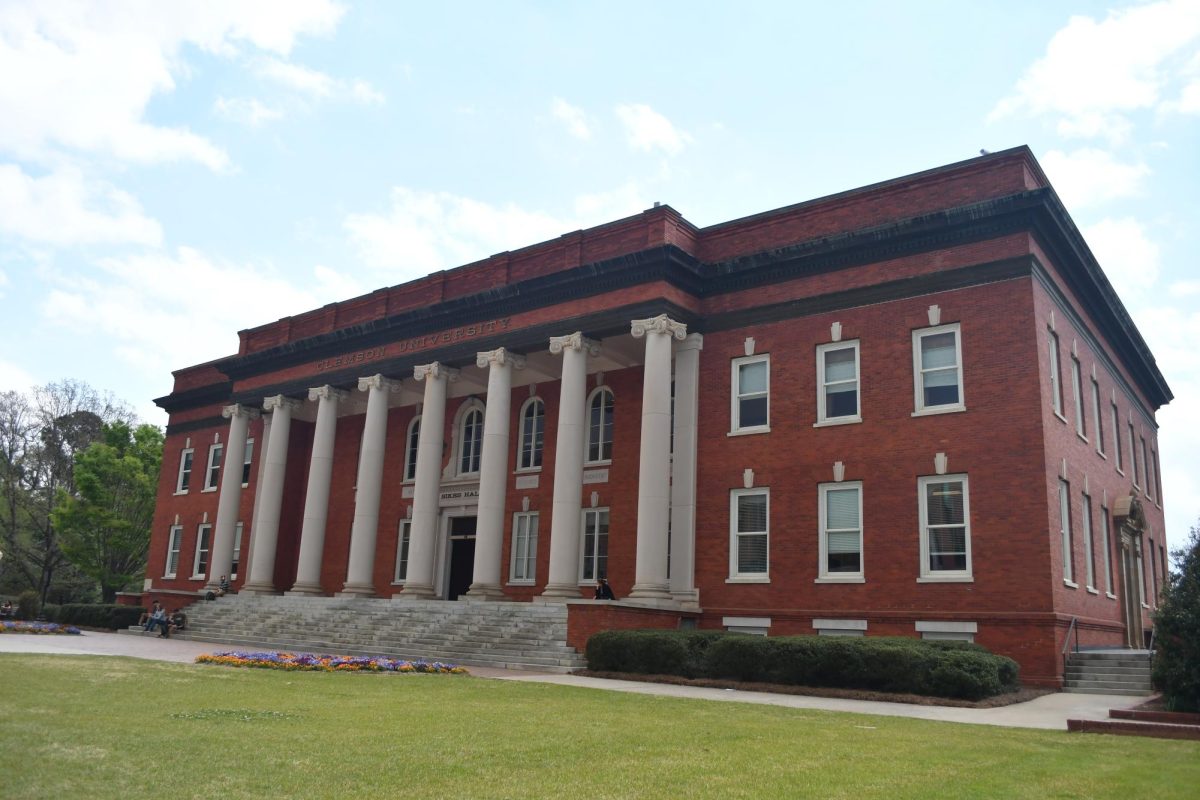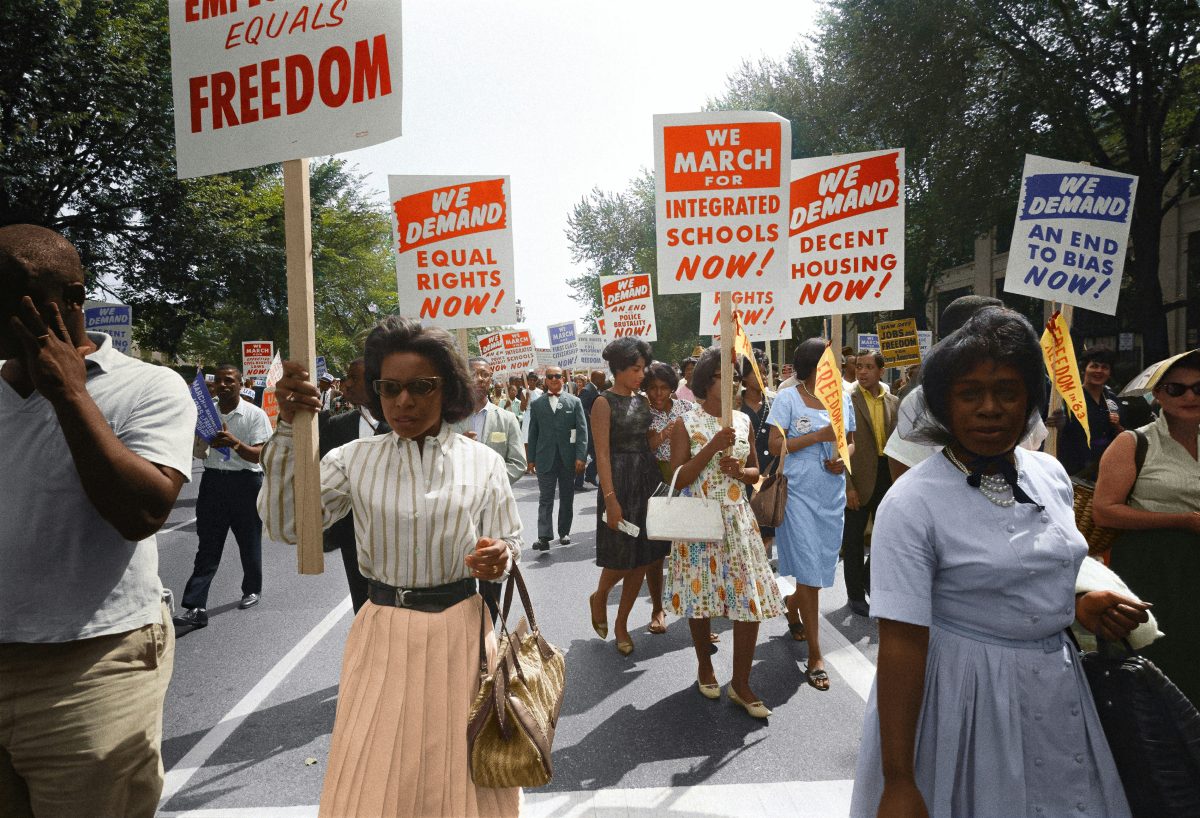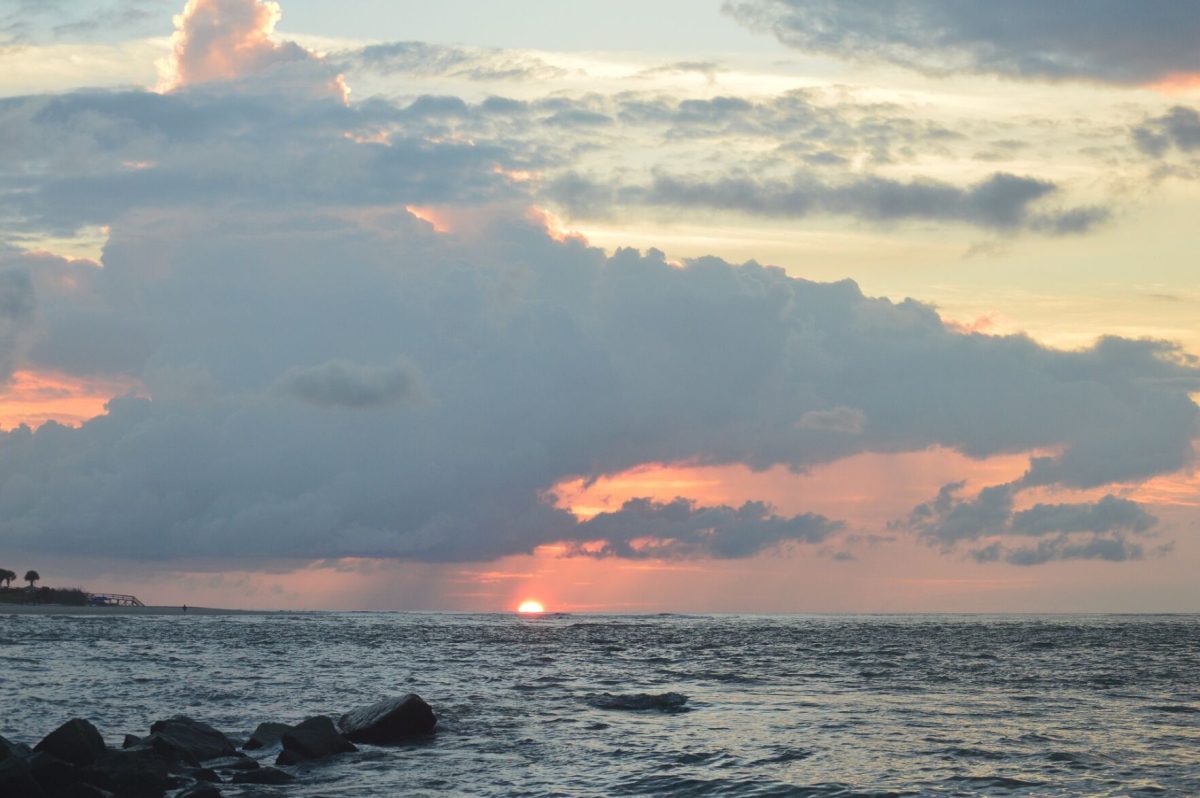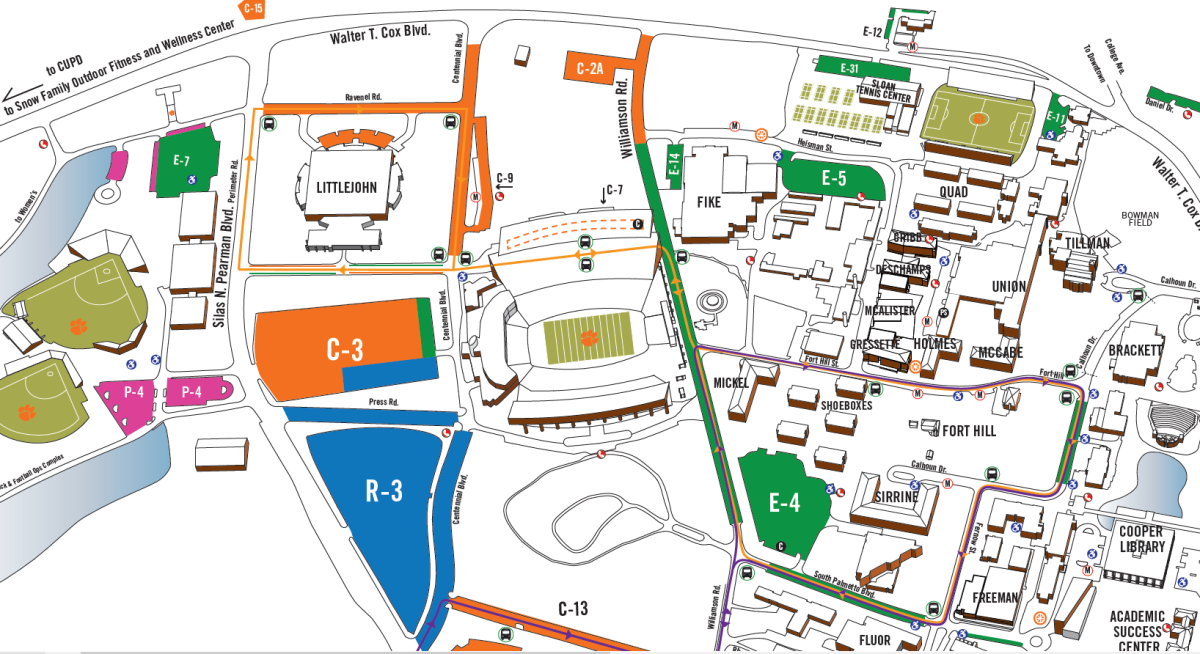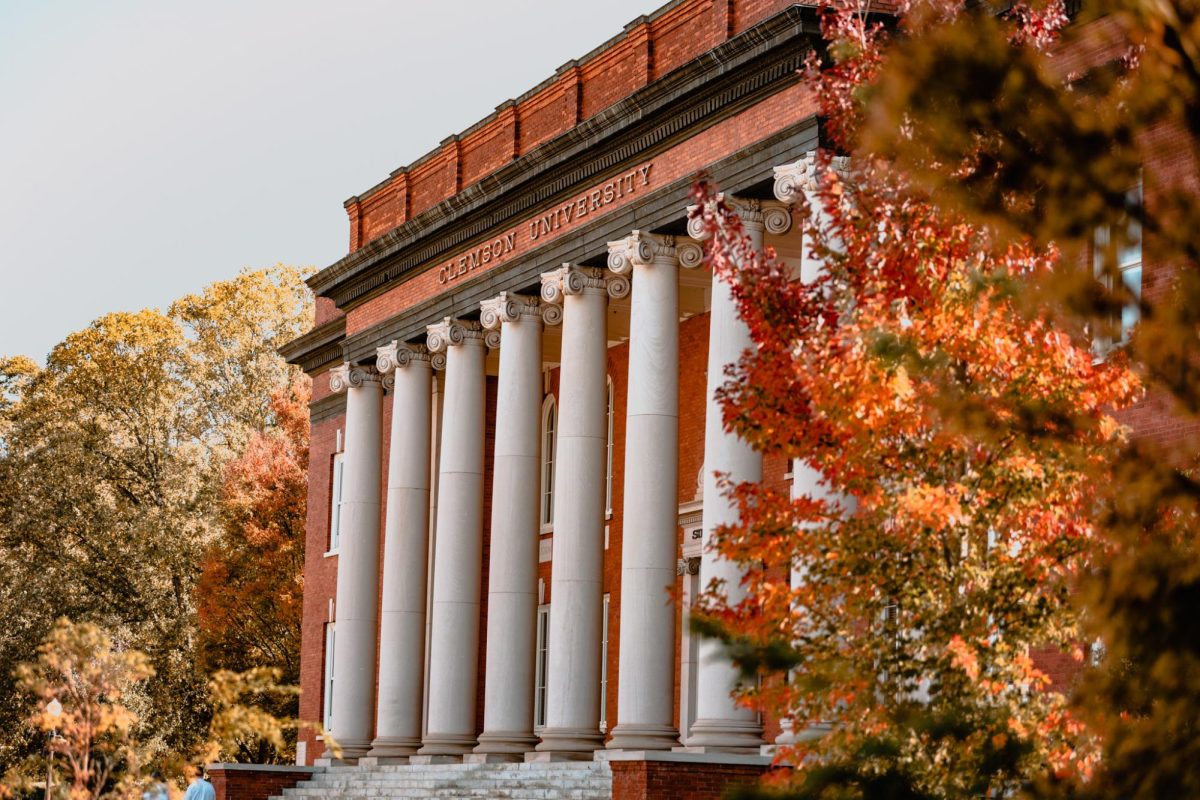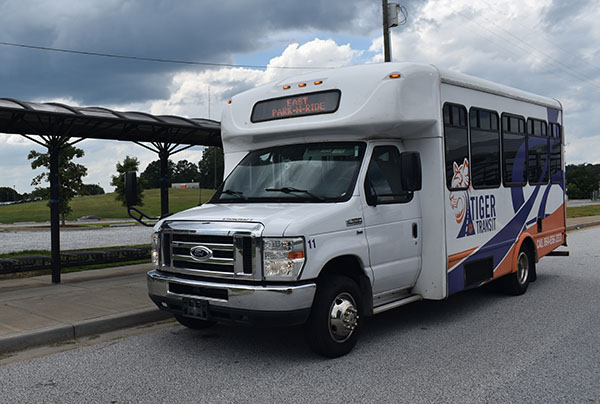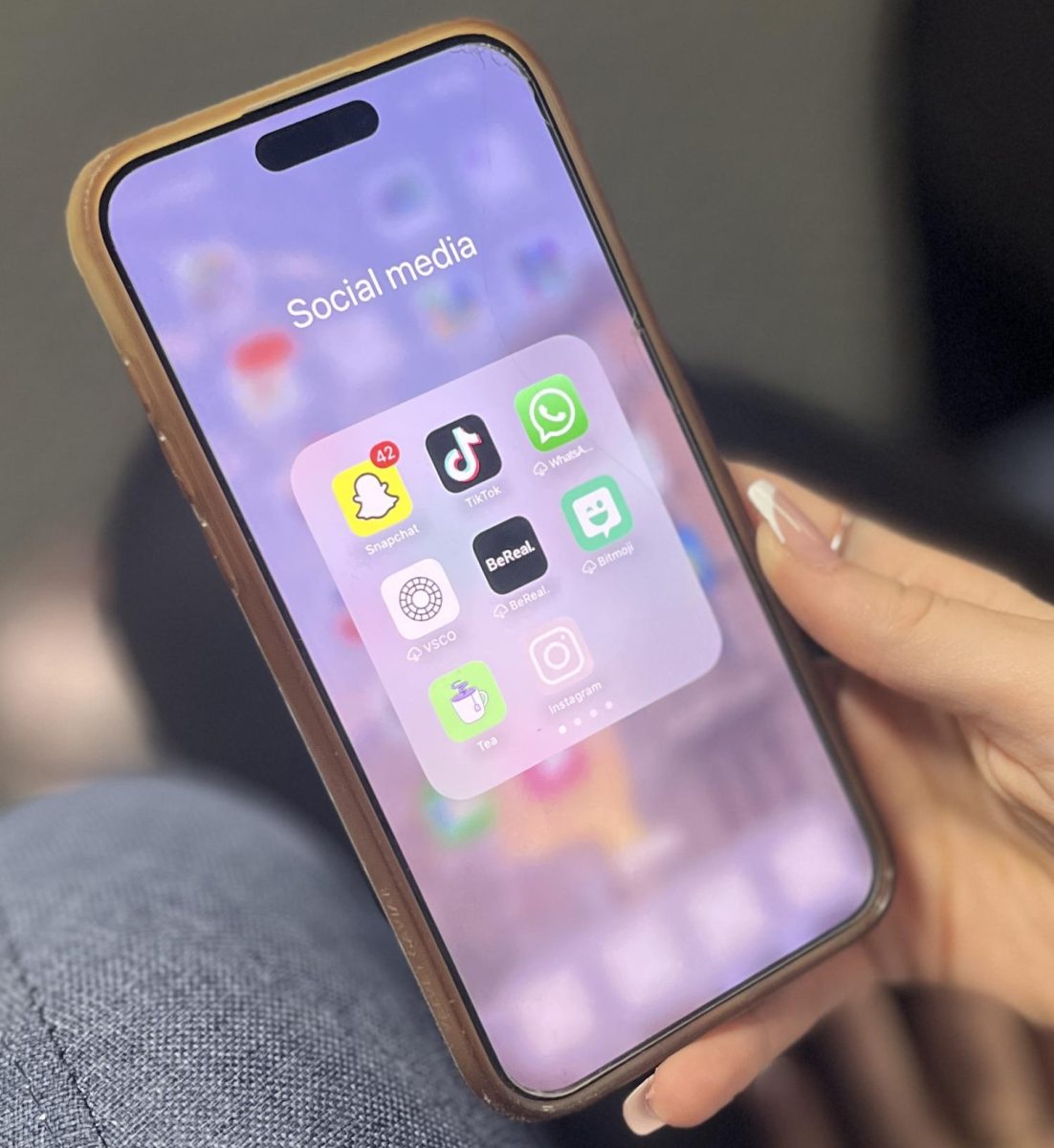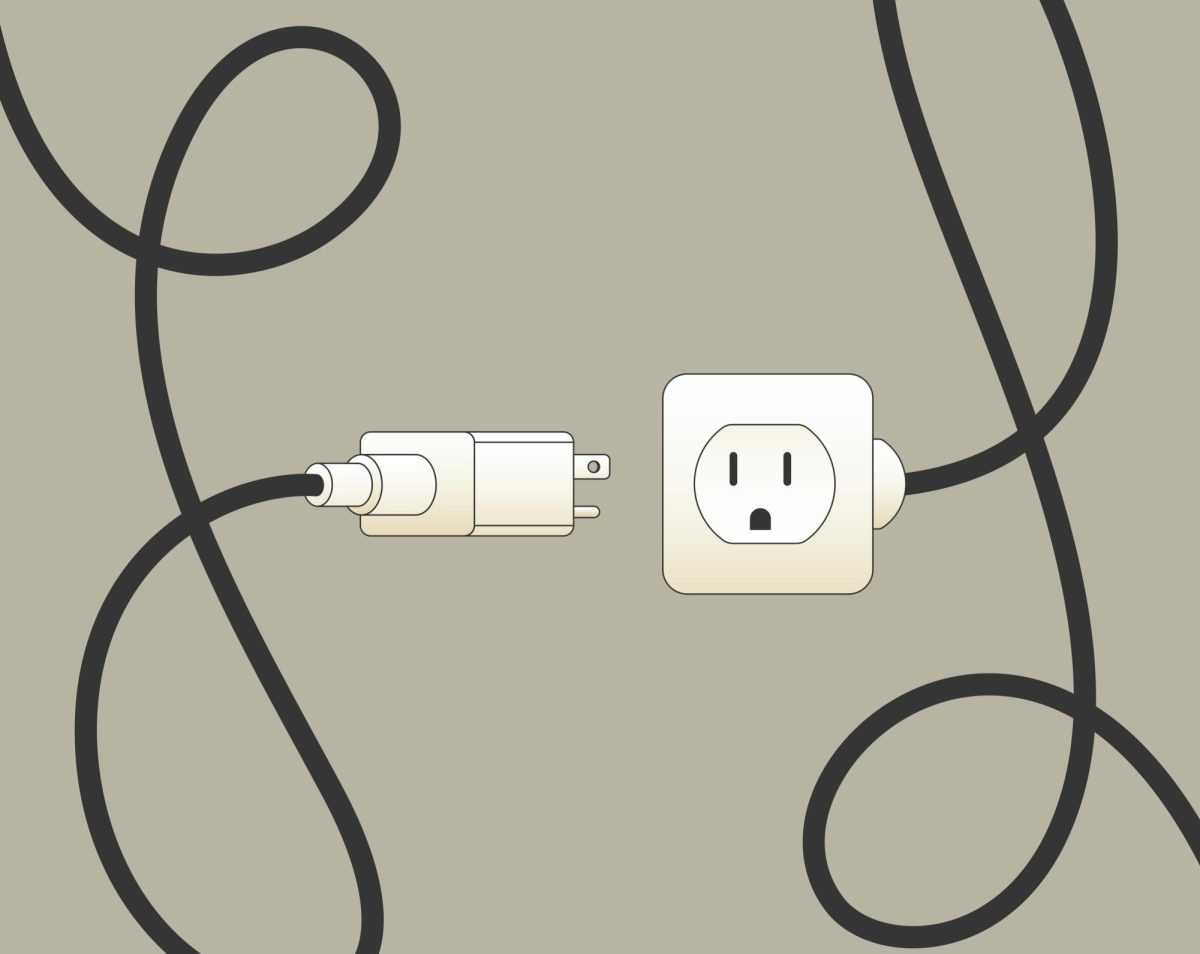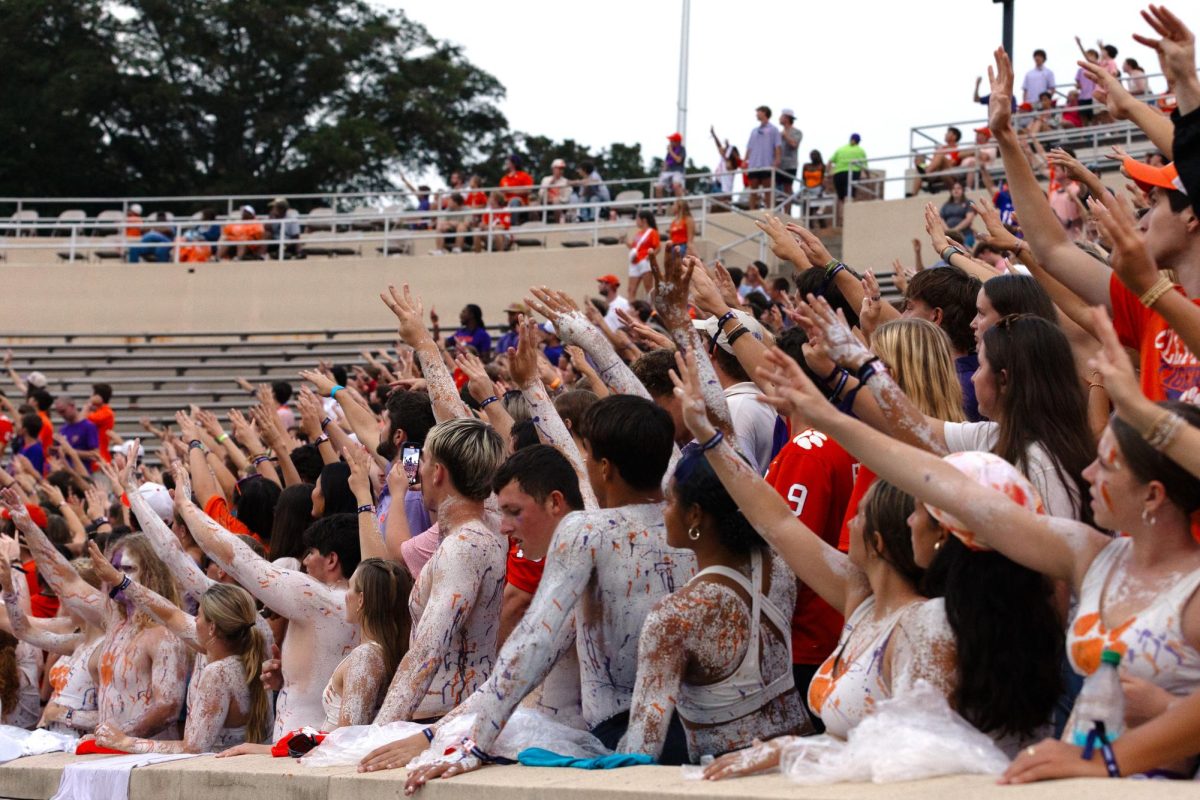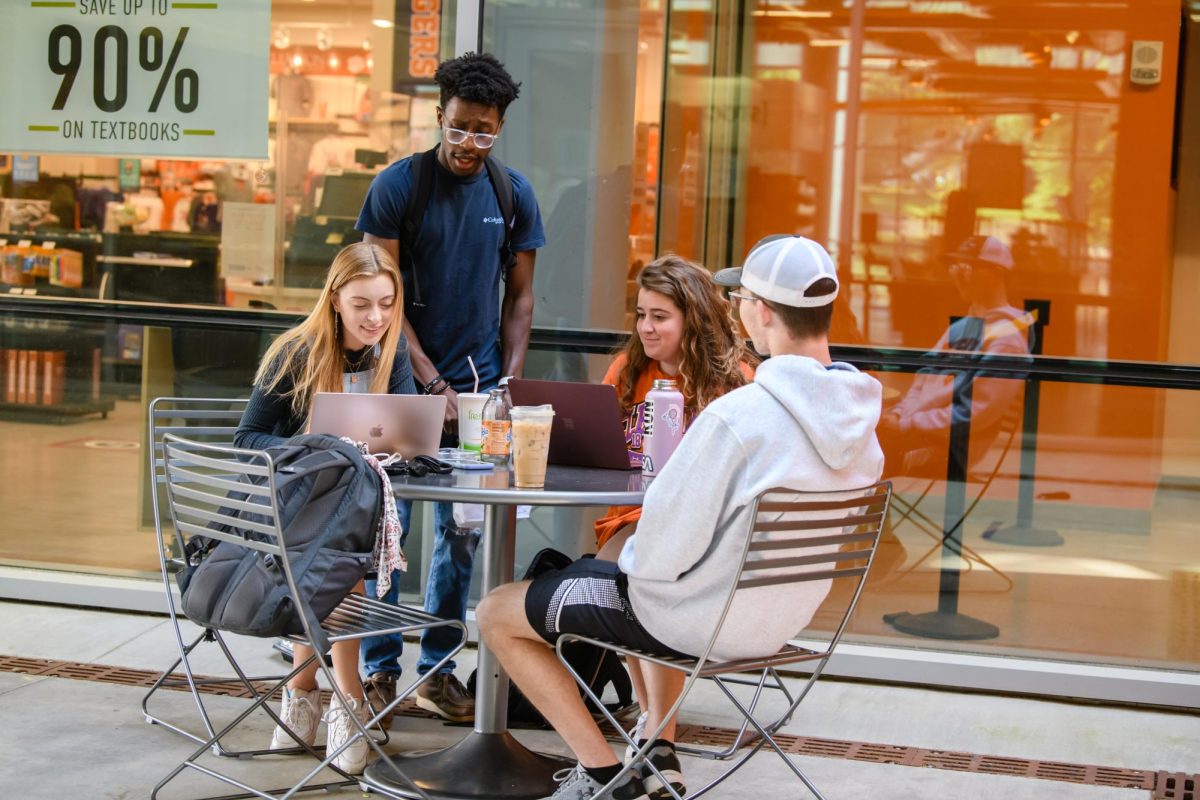In the last year, the Clemson University administration has fostered a culture of discrimination on campus. The idea of “One Clemson” is a myth. In fact, there are now two Clemson’s: one campus that CU administrators discriminate for, and one campus that CU administrators discriminate against.
The university has bent its own rules to mollify and support those who advocate an extremist, far left-wing political agenda based on identity politics, and it has used its authority to intimidate and banish those who stand for freedom of speech.
What do these two Clemson’s look like?
The Free Clemson Campus
Beginning on April 11th, Clemson University witnessed a nine-day, round the clock protest in front of Sikes Hall, which brought dozens of non-Clemson people to campus (some from out of state) with their signs, banners, and chants. These non-Clemson, non-student professional protesters gave speeches, held signs and banners, and participated in various chants, songs, and the obligatory drum circle.
The president of the Sierra Club, for instance, was photographed with 75+ students, administrators, faculty, and community members on the steps of Sikes with a large Sierra Club banner. (No soliciting here!)
The sit-in had a demonstrably negative impact on campus. Car traffic in front of Sikes Hall was slowed, foot traffic in and out of Sikes Hall was impeded, and administrators inside the building were distracted from doing their work by the demonstrators. Even worse, the academic integrity of the university was tarnished. Some professors actually held their classes in front of Sikes, and some gave paper/exam extensions to student protesters. Some classes in the English and Communications departments became vehicles for Alt-Left indoctrination in support of the sit-in. Students in these classes who didn’t support the sit-in felt intimidated to silence their views.
How did the CU administration treat the protesters? Did they tell the non-student protesters to register with the university and move to a “free-speech zone”? No. They treated them with fawning affection and sycophantic support. Some CU administrators actually joined in the protest. Professor of Philosophy Todd May expressed his skepticism of CU administrators, dedication to the cause, stating “I don’t know whether anyone (CU administration) is interested in change”. He questioned their deification to the Alt-left on campus even as the university provided the protesters with tents.
Born of a hoax “hate-crime,” the protesters railed against Clemson policies and falsely implied that Clemson students are racist. (We now know that the inspiration for the protest was based on a lie and a cover up. The CU administration knew from day 1 that the banana incident was not racially motivated, but banana-gate is a scandal for another day!) The protesters demanded immediate and systemic institutional change. They gave the administration a list of grievances and demands straight from the Alt-Left playbook. The protesters threatened to continue their sit-in until the university caved to their demands. The whole thing ended when President Clements capitulated to virtually all of their demands.
The Unfree Clemson Campus
For six days, local community evangelist Robby Roberts sat alone in a lawn chair at Trustee Park accompanied by an empty chair with a small, 8½-by-11-inch sign that simply said “PRAYER.” He didn’t solicit nor did he evangelize. Robby quietly and unobtrusively made himself available to students for prayer. That’s it.
One student said Robby “gave her the strength to get through the day.” Robby wasn’t loud. He didn’t get in students’ faces—he didn’t approach anyone at all for that matter. He was practically invisible.
And yet, on the sixth day, reportedly interrupting the prayer of Clemson student Kyra Palange, CU administrator Shaun Jones asked Robby to put down his sign, register with the university, and move to a free-speech zone.
According to CU administrators, Robby was in violation of policies pertaining to “soliciting” in non-free speech areas. He was apparently guilty of violating university policies that the administration claims to enforce equally—policies designed to prevent proselytizing by non-students and to ensure an atmosphere conducive to learning.
In the administration’s subsequent email to the campus community regarding the prayer incident, they stated the following, “Our application of those policies is required by law to be content neutral, meaning it is uniform and consistent regardless of the content of a person’s speech or expression.”
We now know this to be false. The universities policy is neither uniform nor consistent. The CU administration sent out this email they seemed to forget that the steps of Sikes Hall and the area right in front of it operate under the same guidelines and policies as the park where Robby was sitting and praying. And yet, the administration’s handling of the situation was entirely different. Why might this be?
It is clear that the group See the Stripes and their Alt-Left faculty supporters are correct in their accusations of discrimination by the Clemson administration, but they are mistaken in identifying the nature of the discrimination. What we are witnessing at Clemson is a discrimination of policy enforcement based on what is politically advantageous and an ideological double standard.
But rules can only be legitimate if they are enforced equally. They are either right all of the time or they are right none of the time. Tragically, Clemson University is no longer governed by the rule of law. Instead, it now seems to governed by the rule of men.
So for any non-students wondering what will happen to them if they speak freely outside of a “Free-Speech Zone,” they need figure out which Clemson they are visiting.



